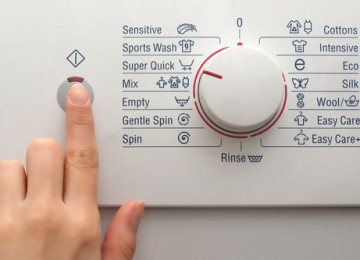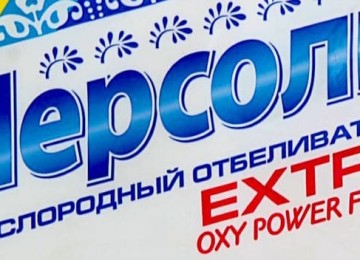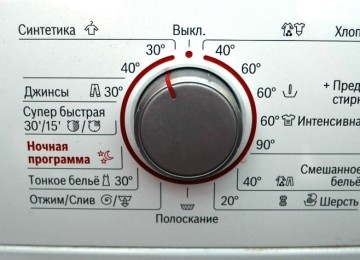Chemistry has firmly entered our lives. The clothing industry has been using fabrics obtained by chemical synthesis for several decades. Products made from polyester are widely used. This material is highly wear resistant. Therefore, it is used for sewing outer and lower clothing, as upholstery fabric, in the form of fillers for pillows, coats and jackets, for making socks, stockings, tights, and underwear. The popularity of the material is explained by its ease of wear. It is durable and practical. However, many housewives are concerned about the question: does polyester shrink after washing? To answer this, you need to learn more about what fiber is.
What is polyester?
Polyester is a synthetic fiber created by chemical synthesis from alcohol, gas, coal, oil and acids.
It has been used in the textile industry for almost 80 years. For sewing products, both 100% polyester and in combination with other fibers are used.
Polyester fiber is often combined with other fibers:
- polyamide, mainly for sewing underwear;
- spandex, for making stockings, socks, tights;
- cotton, wool to increase the naturalness of the fiber;
- viscose for better moisture absorption.
Despite the fact that polyester is a synthetic fiber, it occupies one of the leading positions in the textile production market. Sew from fabric:
- casual, special and outerwear;
- branded outfits;
- bedspreads and blankets;
- blankets;
- drapes and curtains;
- upholstery for furniture.
The fiber is used as a filler for pillows, blankets, jackets, and coats.
Properties of polyester
If in the last century items made from natural raw materials predominated in the wardrobe of the population, now most consumers prefer synthetic products. Thanks to the introduction of new technologies into production, synthetic fabrics have excellent consumer properties that attract buyers.
pros
Polyester is a wear-resistant, inexpensive, lightweight material that retains its color and shape for a long time, does not require ironing, and does not deteriorate under the influence of acids. The fabric is easy to cut and sew. The material is not susceptible to damage by insects, does not smell or absorb odors, and has excellent elasticity: it stretches easily without losing its shape.
Polyester fiber has the ability to repel moisture from the surface, so clothes made from it do not get wet. This feature contributes to the fact that polyester fabric is used for sewing workwear, jackets and quilted coats.
One of the remarkable qualities of matter is its resistance to pellet formation. Even after numerous washes, your clothes will look like new.Polyester products dry quickly after washing, which is also an undoubted advantage of the material.
The fabric does not fade at all and does not leave stains on the skin and other clothes.
Cons 
Among these positive properties of the material, there are noticeable negative qualities. Some of them are air impermeability and rigidity of the fabric made of 100% polyester. Therefore, it is not suitable for sewing summer and children's clothes. The inability to pass air can negatively affect the wearing of things. Sensitive people may experience skin irritation, and children - prickly heat.
To increase air permeability and softness, polyester fiber is mixed with cotton, wool, viscose, linen. When mixing synthetic and cotton fibers, breathable, pleasant to the touch, wear-resistant fabrics are obtained.
Another disadvantage of polyester is electrostaticity. In order for clothes not to "stick", they are treated with special agents. In general, polyester can withstand frequent washing and retain its original appearance, but it does not tolerate high temperatures well, so special attention when caring for polyester products is paid to washing and ironing.
Does polyester shrink after washing?
In many ways, washing products that contain polyester fiber depends on the percentage of other fabrics present. When washing 100% polyester, it practically does not shrink, but when the product contains other fibers, especially natural ones, the item may shrink significantly.
To prevent polyester clothing from shrinking and losing its original appearance, you must follow the care recommendations on the label.Polyester products dry quickly after washing, which is also an undoubted advantage of the material.
The fabric does not fade at all and does not leave stains on the skin and other clothes.
Cons
Among these positive properties of the material, there are noticeable negative qualities. Some of them are air impermeability and rigidity of the fabric made of 100% polyester. Therefore, it is not suitable for sewing summer and children's clothes. The inability to pass air can negatively affect the wearing of things. Sensitive people may experience skin irritation, and children - prickly heat.
To increase air permeability and softness, polyester fiber is mixed with cotton, wool, viscose, linen. When mixing synthetic and cotton fibers, breathable, pleasant to the touch, wear-resistant fabrics are obtained. 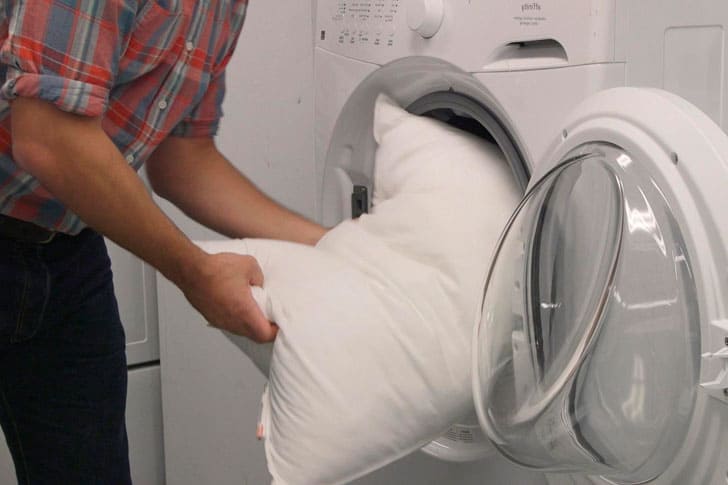
Another disadvantage of polyester is electrostaticity. In order for clothes not to "stick", they are treated with special agents. In general, polyester can withstand frequent washing and retain its original appearance, but it does not tolerate high temperatures well, so special attention when caring for polyester products is paid to washing and ironing.
- Does polyester shrink after washing?
- In many ways, washing products that contain polyester fiber depends on the percentage of other fabrics present. When washing 100% polyester, it practically does not shrink, but when the product contains other fibers, especially natural ones, the item may shrink significantly.
- To prevent polyester clothing from shrinking and losing its original appearance, you must follow the care recommendations on the label.Polyester products dry quickly after washing, which is also an undoubted advantage of the material.
- The fabric does not fade at all and does not leave stains on the skin and other clothes.
- Cons
- Among these positive properties of the material, there are noticeable negative qualities. Some of them are air impermeability and rigidity of the fabric made of 100% polyester. Therefore, it is not suitable for sewing summer and children's clothes. The inability to pass air can negatively affect the wearing of things. Sensitive people may experience skin irritation, and children - prickly heat.
- To increase air permeability and softness, polyester fiber is mixed with cotton, wool, viscose, linen. When mixing synthetic and cotton fibers, breathable, pleasant to the touch, wear-resistant fabrics are obtained.
- Another disadvantage of polyester is electrostaticity. In order for clothes not to "stick", they are treated with special agents. In general, polyester can withstand frequent washing and retain its original appearance, but it does not tolerate high temperatures well, so special attention when caring for polyester products is paid to washing and ironing.
- Does polyester shrink after washing?
- In many ways, washing products that contain polyester fiber depends on the percentage of other fabrics present. When washing 100% polyester, it practically does not shrink, but when the product contains other fibers, especially natural ones, the item may shrink significantly.Products made from polyester dry quickly after washing, which is also an undoubted advantage of the material.
The fabric does not fade at all and does not leave staining marks on the skin or other clothes.
Minuses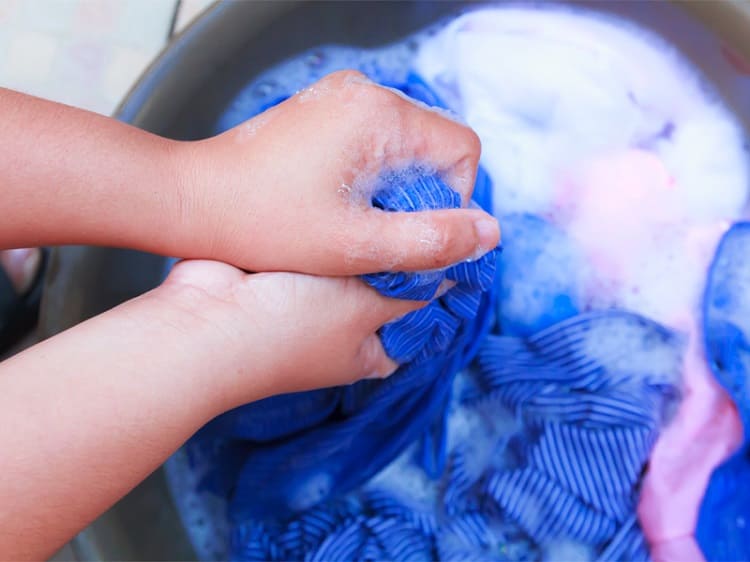
Among these positive properties of the material, there are tangible negative qualities. One of them is the air tightness and rigidity of the 100% polyester fabric. Therefore, it is not suitable for sewing summer and children's clothing. The inability to allow air to pass through can have a negative impact on how you wear things. Sensitive people may experience skin irritation, and children may experience heat rash.
To increase breathability and softness, polyester fiber is mixed with cotton, wool, viscose, and linen. By mixing synthetic and cotton fibers, breathable, pleasant to the touch, wear-resistant fabrics are obtained.
- Another disadvantage of polyester is electrostaticity. To prevent clothes from sticking, they are treated with special means.
- In general, polyester can withstand frequent washing and retain its original appearance, but it does not tolerate high temperatures well, so when caring for polyester products, special attention is paid to washing and ironing.
- Does polyester shrink after washing?
- In many ways, washing products that contain polyester fiber depends on the percentage of other fabrics present. When washed, 100% polyester practically does not shrink, but when the products contain other fibers, especially natural ones, the item can shrink significantly.
- To prevent polyester clothing from shrinking and losing its original appearance, you must follow the care instructions on the label.
- Clothes should be washed at a water temperature no higher than 40°C, regardless of the type of washing: machine or hand. For black and colored items, it is preferable to use detergents for colored items.
- It is advisable to add conditioner when rinsing. It will make things softer and less electrified.
- How to wash fabric in a washing machine
- When washing polyester fiber products in a washing machine you need to:
Sort colored and white items.
Delicate products should be packed in special cases.
Turn the clothes inside out.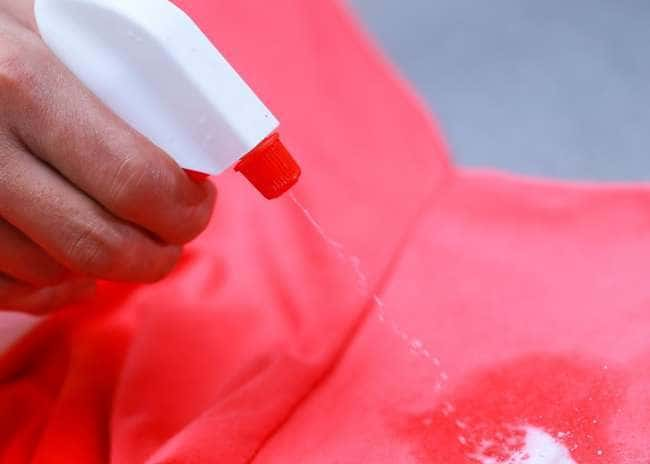
Set your washing machine to delicate or hand wash mode.
Set the water temperature to 30 or 40°C.
- Pour in liquid detergent. Washing powders are difficult to rinse out of the fiber, so streaks may remain.
- Add fabric softener. It will make things less electrified and softer.
- Select a spin speed of no more than 600 rpm.
- Avoid drying clothes in a drum.
- Carefully hang washed clothes on hangers.
If clothes are heavily soiled, they should first be soaked for half an hour. It is better to treat stains before putting the item in the washing machine drum.
How to wash polyester by hand
If the clothes are expensive and require especially careful care, then it is better to wash them by hand.
- Recommendations for washing polyester products by hand are quite simple:
- pour warm water into a basin;
- pour liquid detergent;
- put clothes in the basin;
- Gently wash the product without effort or friction;
- rinse several times until the water runs clear;
- During the last rinse, add conditioner to the water;
- Gently wring out the product without twisting the fabric;
To make the item dry faster, you can blot it with a towel;
dry the product.
If you just need to refresh your clothes, then just rinse them in cool water with the addition of conditioner.
When the need arises to reshape clothes, you need to wash them in hot water on a long wash cycle. Then the product will become one size smaller.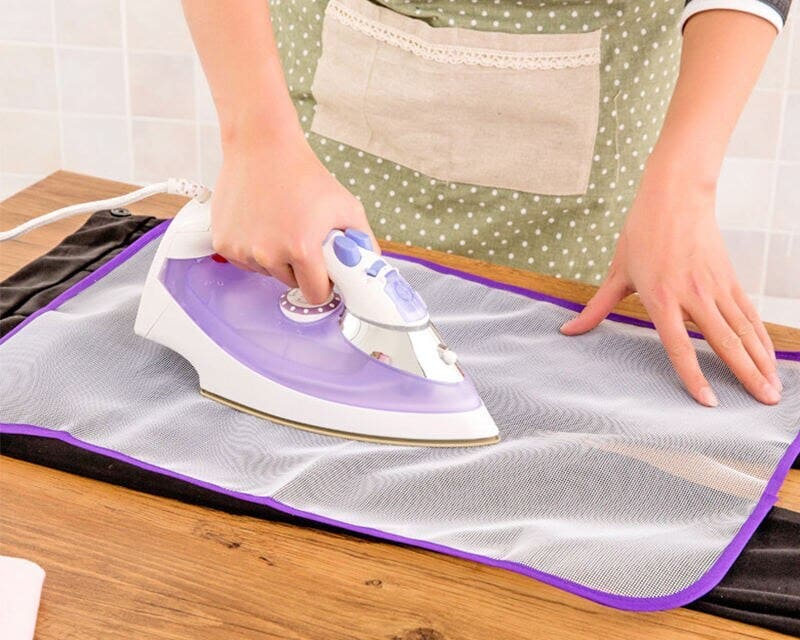
How to Remove Stains from Polyester Clothes
If there are heavily soiled areas on your clothes, you can rub them with laundry soap and then leave them to soak for a few minutes. Soap will not harm the fabric.
Any liquid stain remover without chlorine can remove stains from clothes.Products based on sodium percarbonate (oxygen) have proven themselves to be particularly effective, for example:
Vanish;
Chirton;
Synergetik;
"BOS";
"Eared nanny."
- They perfectly whiten yellowed items and remove stains at low temperatures (30°C).
- Before use, the drug should be tested on an inconspicuous area of the product, for example, on the inside of a pocket, or on the seams from the inside. First, the product is soaked in stain remover, and then the substance is added during washing.
- Some types of stains need to be approached individually:
- Fat. There are several ways to remove grease stains:
- using salt. Place the product in a container, wet the cloth and sprinkle the stain thickly with table salt, leave for 2 hours. Rinse. Wash as usual;
- dishwashing liquid. Pour the product onto the stain, rub in a little, leave it like that for 20 minutes, then wash the clothes;
- using baking soda. The greasy area is lightly covered with soda and ironed with a warm iron through a thin cotton cloth, then washed;
- using starch. The greasy stain is sprinkled with starch powder, then ironed with a hot iron through a clean, dry cloth folded in half. The remaining powder is cleaned off with a soft bristle brush.
- Stains from coffee and tea, blood, and ink can be removed with a borax solution. To do this, dissolve 10 g of borax powder in 100 ml of water and carefully treat the contaminated surface. Then the product is washed off and the stain is rubbed with a piece of lemon or a solution of citric acid. After processing, the product is rinsed in cool water.
- Ink stains can be removed with hairspray. After sprinkling the area with varnish, iron the clothes through a clean cloth. After treatment, rinse in warm water.
- Yellowness. You can get rid of the yellowness of things using baking soda. To do this, prepare a composition of soda and water in a ratio of 1:3. The mixture is applied to the contaminated area. Then the product is washed.
- Using vinegar you can get rid of not only yellowness, but also minor stains. To do this, clothes are soaked for 10-15 minutes in a 9% vinegar solution and then washed.
- A random stain that appears on clean clothes can be removed using a stain remover without washing or soaking. To do this, place the product on a hard surface, treat the contaminated area with the product and rub it with the convex part of the spoon. Let it soak for a while and then rinse with cool water. Before processing, it is advisable to test the product on an inconspicuous area of the product.
- You can sprinkle salt on the stain after slightly moistening it. Leave the product for half an hour, then wash off with soapy water and rinse.
Drying and ironing polyester items after washing
You need to dry polyester items in a well-ventilated room, away from heating appliances or on the balcony, avoiding direct sunlight.
Jackets, coats, sweaters and dresses are hung on hangers, other items are dried on clotheslines or dryers.
Products made from 100% polyester do not need to be ironed. After washing, it is enough to carefully hang or lay out the item. If clothes need to be ironed, this is done at a medium temperature with an iron through a damp, thin cotton cloth.Before ironing the entire product, it is better to try ironing a small area in an inconspicuous place.
When clothing contains admixtures of other fibers, you need to iron it based on the values on the tag. As a rule, this designation is in the form of an iron with one circle (minimum heat).
The nuances of washing polyester items
Some products that contain polyester require a special approach when washing.
How to wash a polyester coat or jacket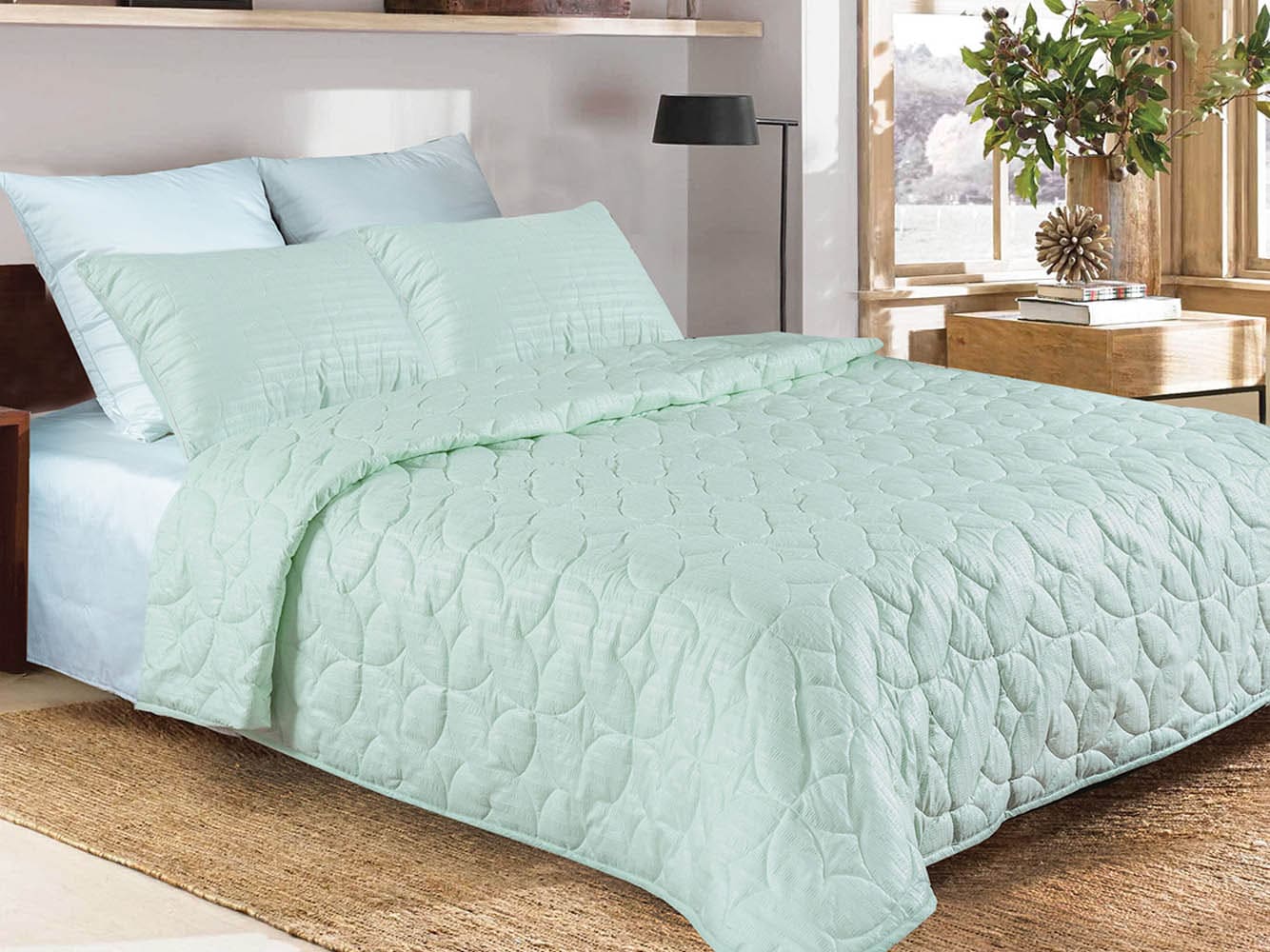
If it's time to wash your jacket or coat, don't despair. Despite the seeming difficulties of washing outerwear, it is not difficult to do it in a washing machine. Algorithm of actions:
Check your pockets.
Unfasten the fur.
Fasten the zipper or buttons.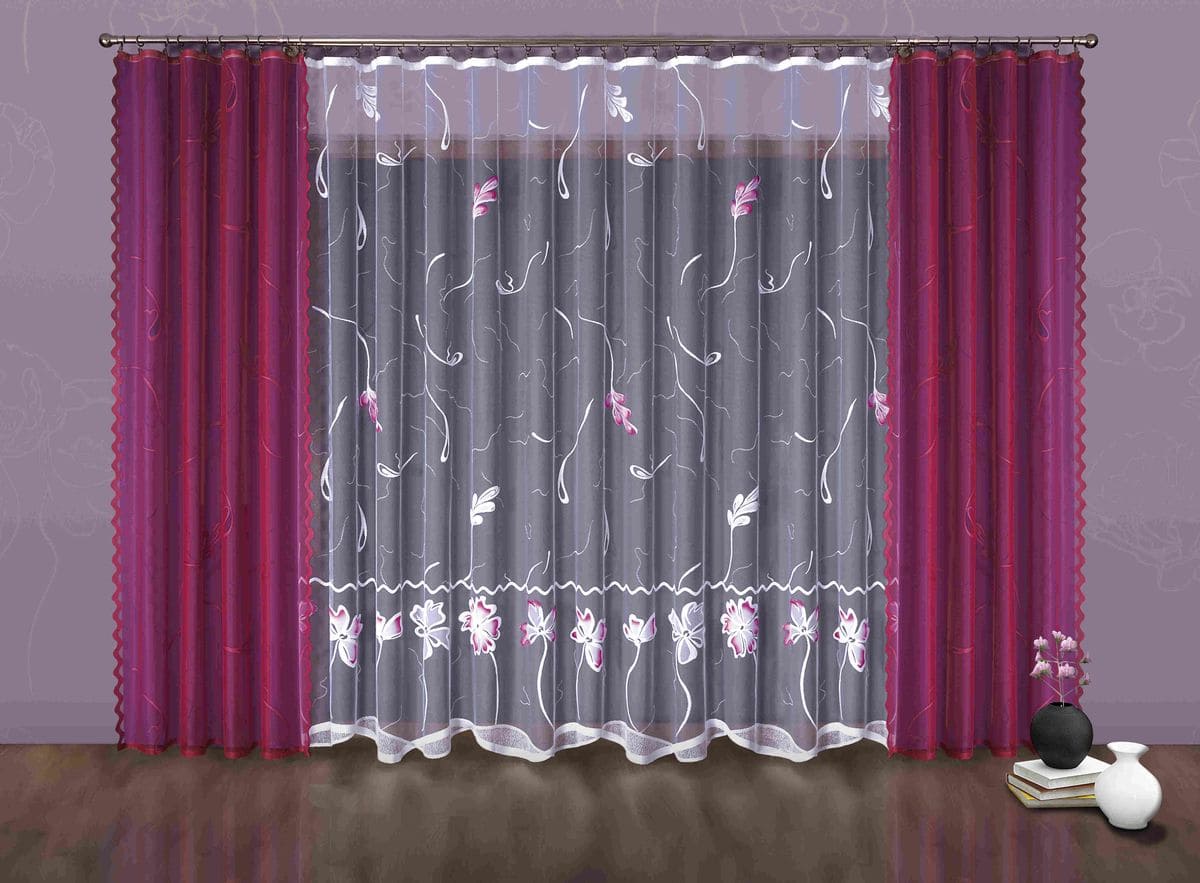
Turn the clothes inside out.
Place the coat in the washing machine.
Pour liquid detergent into the powder compartment.
Add conditioner to the appropriate compartment.
Set the “Delicate Wash” mode.
- Set the temperature to no higher than 40°C.
- Throw a couple of tennis balls into the drum to prevent the filling from getting dislodged.
- Set an additional rinse mode.
- Turn off the "Spin" mode.
- Place the washed clothes over a bathtub or basin to drain the water.
Hang the semi-dry item on a hanger.
During the drying process, it is advisable to fluff the coat or jacket several times to avoid lumps.







